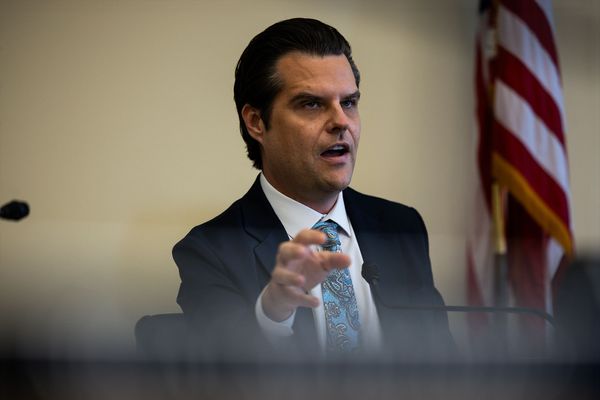
The old saying warns that when you are in a hole, stop digging. It’s a lesson that seems to have eluded the Bureau of Meteorology.
Under attack on all sides because of its communication failure over a “rebrand that wasn’t”, the bureau decided to post a statement that would supposedly address “a number of inaccurate statements” made about the organisation.
Unfortunately the statement failed to identify — let alone address — any such inaccuracies.
Every PR student learns that a well-written statement can be a powerful communication tool for any organisation, especially under the pressure of a reputational crisis (I know this because I have taught corporate writing at both undergraduate and master’s levels).
However, the bureau’s statement seems to ignore the most basic PR 101 rules of effective communication. And it even appears to be test-driving another attempt at branding (more on that later).
To be fair, the statement shows every indication of being written by a committee and approved at the highest level. But that is no excuse.
Lesson 1: The headline should be informative and make you want to read on. What was the inviting headline on the Bureau’s statement? “Statement from the Bureau of Meteorology.”
Lesson 2: The opening should grab the reader and get right to the heart of the subject. What was the opening of the bureau’s statement? “The Bureau of Meteorology is Australia’s most trusted source of reliable and responsive weather forecasts. Our focus is always on supporting the safety, security and prosperity of the Australian community.” Sounds more like a mission statement than the response to widespread claims of a toxic corporate culture.
Lesson 3: Every major organisational statement should be issued by a named senior executive, speaking with authority on behalf of the organisation. The bureau’s statement was entirely anonymous.
Lesson 4: Have at least one key message that deals with the issue at hand. The statement said it would address inaccurate statements made about the Bureau, but didn’t. Instead, it spent more than 700 words boastfully defending the bureau’s record in providing accurate forecasts and warnings, which has never been seriously questioned.
Lesson 5: Be credible and transparent. The statement conceded: “Like any large organisation, there are times when we don’t get it right.” Which is true. But it’s not helpful if you don’t admit your mistakes and explain what you will do to put them right.
Lesson 6: Having backflipped on rebranding, don’t make a half-hearted attempt to try again. For anyone who struggled through the 700 words, the final paragraph said: “Our focus remains clear, to provide trusted, reliable and responsive weather, water, climate, ocean and space weather services for Australia — all day, every day. This is the Bureau Way.” The Bureau Way? Is that a new motivational slogan?
Of course, it’s easy to pick apart a poorly written and unfocused statement, but the underlying issue is much more important.
Serious questions have been publicly raised about the Bureau’s work culture and its communication capability, and they needed to be owned and properly addressed by a named senior executive, preferably the CEO.
Unfortunately, the Bureau’s online response failed to address the questions, and the issue of a reportedly toxic culture was simply brushed aside with a brief denial.
Similarly, when the Bureau’s CEO Andrew Johnson appeared at Senate estimates on Friday, the legitimate reports of a toxic work culture were not even raised by members of Parliament.
Presumably the CEO will think he performed well, and nothing will change.
The public and hard-working staff at the Bureau deserve better.







